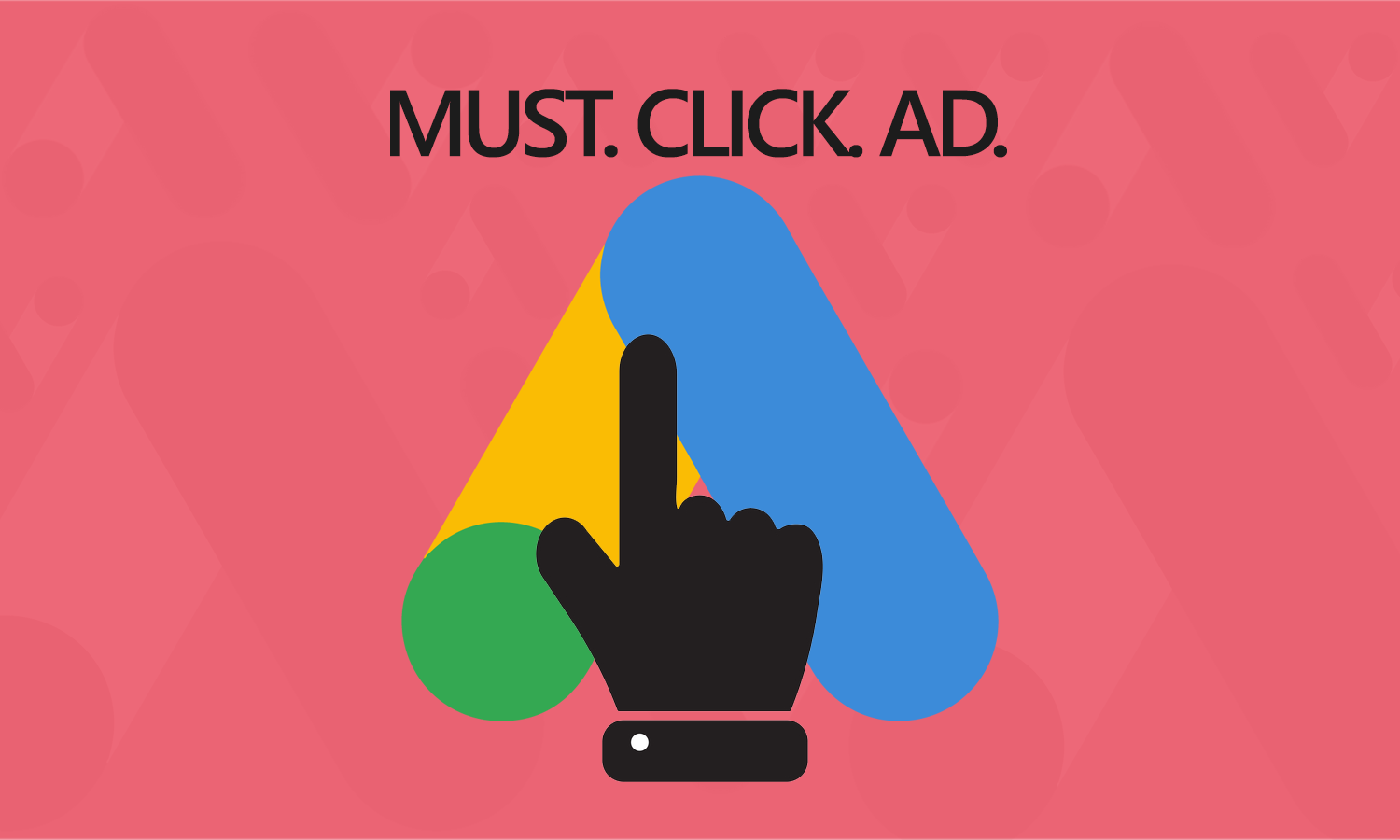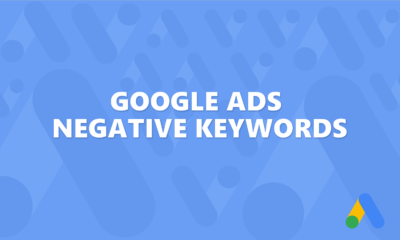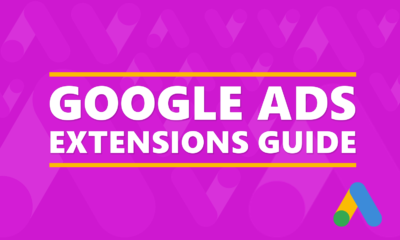Is Relevant To A User’s Search Query
Simply put, the more relevant your ad is to a user’s search query, the better. Now, let’s expand on that. Being relevant means that your keywords, ads and landing page are all closely related to a person’s search query – the words they type into Google. As far as Google is concerned, relevancy has three parts: 1) the keywords you target, 2) the ads you craft and 3) the landing page you send someone to after they click on your ad.
Example time. Let’s say somoene does a search for ‘estate planning attorney’. You want to craft an ad that is highly relevant. Here is an example of an ad that is highly relevant for that search query:

The actual search query (estate planning lawyer) is a headline of the ad. Being able to put the user’s search query in the headline of your ads is a great way to increase the relevancy of your ad. People are much more likely to click on ads they see as being highly relevant to what they are searching for.
Why relevancy is important
Ads that are highly relevant, tend to have a better clickthrough rate, can appear in higher ad positions and be more successful. Relevant ads can also help improve your Quality Score, which can decrease your cost-per-click. This, of course, can save you money on each click.
Has A Strong Call To Action
The ultimate goal of running Google Ads is to get people to do what you want them to ultimately do. If you are a local business, then you typically want people to call you or fill out a lead form. Your main goal is to get leads that turn into customers. If you are an eCommerce business, then you want sales.
As we discussed earlier, relevancy is a good place to start. However, many of your competitors are crafting ads that are also relevant to people’s search queries.
So, how can you compell someone to click on your ad instead of your competitors? Having a really good call-to-action can help. A call-to-action is how you prompt someone to take an immediate action. Examples of typical calls-to-action include; ‘get free quote’, ‘download now’, ‘sign up’, ‘learn more’, ‘shop now’, ‘watch’, ‘discover’ ‘book now’, etc.
Read more on calls-to-action
Makes Use Of Ad Extensions
Ad extensions give you an opportunity to add additional information to your ads. This additional information can give people even more reasons to click on your ad, thus increasing your clickthrough rate (CTR).
In fact, according to Google, your ads could see a 10 – 15% increase in clickthrough rates with the use of ad extensions.
Ad extension options include; call extensions, location extensions, affiliate location extension, callouts, sitelinks, promotion extensions, price extensions, structured snippets and app extensions.
Each ad extensions has a specific purpose and goal. For example, using the call extension is great if you want to generate call leads. Using call extensions ads a phone number to your ads. On a mobile device, this extension adds a call button where people can click on it and call your business directly from the ad.
Get some good ad extension tips here.
Has The User’s End Goal In Mind
When people are searching for products or services, they are typically looking for a solution or a result. Finding that solution is often times their end goal – or, one of their end goals. Being able to speak to that end goal in your ads can go along way to improving your ad performance. Let’s use an example.
Let’s say someone is searching for an acne treatment. They are looking for something to relief their issues with acne. Below is a good example of an ad that has the user’s end goal in mind:

People with acne want to reduce or eliminate their acne. That’s the goal when they are looking for treatment solutions. This ad uses the phrase in the 2nd headline, “Reduce Breakouts Today.” That speaks to the user’s end goal. Now, for a bad example:

This ad misses the mark for me on a couple levels. Compared to the previous ad, it does not do a good job of speaking to the user’s end goal.
Also, asking a question is usually a waste of a headline. Why? Because the user already answers the question with their search intent. In this case, someone who is looking for acne treatment already knows they have issues with acne. So, why ask them in the ad? It’s already a given. You could make better use of that headline space with something that is more compelling.
Stands Out From The Crowd
Making your ad standout from your competitors is not always easy. In many industries, competitors can have the same value propositions. They tend to use similar calls-to-action. A common call-to-action used in ads is “free consultation”, which can quickly lose its appeal if everyone is offering it.
If someone is doing a search and sees everyone in an industry touting a free consultation, then it simply becomes an expectation in people’s minds. It’s par for the course. It is no longer a value proposition, but a required business offering.
So, how can you stand out from the crowd? We just touched on one way with keeping the users end goal in mind. Take a look at the first ad in this article for the estate attorney. The second headline that reads “Minimize Estate Taxes” is a good example of this.
Here’s a few exercises you can go through to help with this.
- Jot down a list of your company’s unique selling propositions. If a prospective customer were to ask you, “why should I choose you over your competitors” what would you say? This list can be a good starting point for ad headlines, phrases and calls-to-action for your ads.
- Do a Google search for some keywords you already target and review your competitor’s ads. Do your ads standout? Are your ad’s calls-to-action highly similar to your competitors?
- Use a tool like Spyfu to take Step 2 to another level. Spyfu is competitor research tool. You can use it to see the keywords your competitors are bidding on as well as a history of the exact ads they have used going back several years. It’s a great research tool and can give you ideas on ad creation.
Goes To A Compelling & Relevant Landing Page
so, you may be asking why a landing page tip is on an article about crafting a successful Google Ads text ad. Well, your ads are only as good as their landing page. You can’t separate the two. Fail in one of those areas and your Google Ads campaigns are going to suffer.
Nothing wastes your efforts of getting highly targeted traffic to your website like a horrible landing page. I’ve seen countless Google Ads accounts that treated landing pages as an afterthought. They did a good job of identifying their target audience with keywords and crafted compelling ads. But, they still struggled because they could not get people to convert (buy something, fill out a form, call them, etc).
In these cases, the landing page is usually the issue. Remember, your ads need to be relevant to what a user is searching for and it needs to be compelling enough for them to click on it. Well, your landing page is just an extension of this. It also needs to be relevant to your ad and what the user is searching for and be compelling enough for them to take the desired action.
Some landing page tips:
https://unbounce.com/ppc-landing-pages-for-adwords/ https://www.ventureharbour.com/15-ppc-landing-page-examples-best-practices-boost-conversions/




